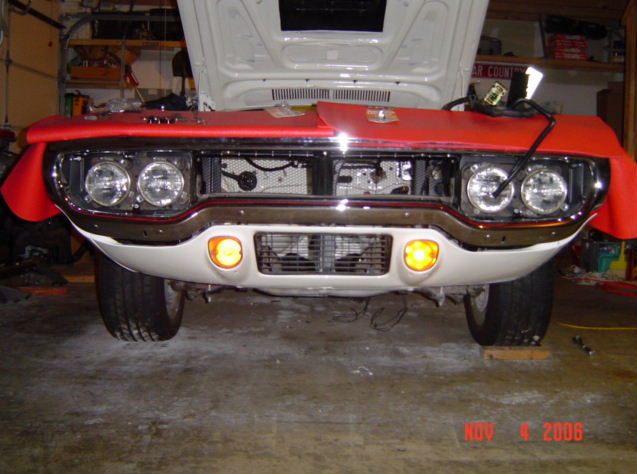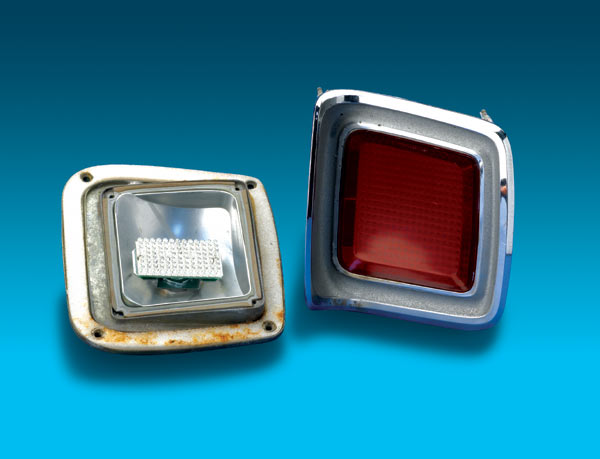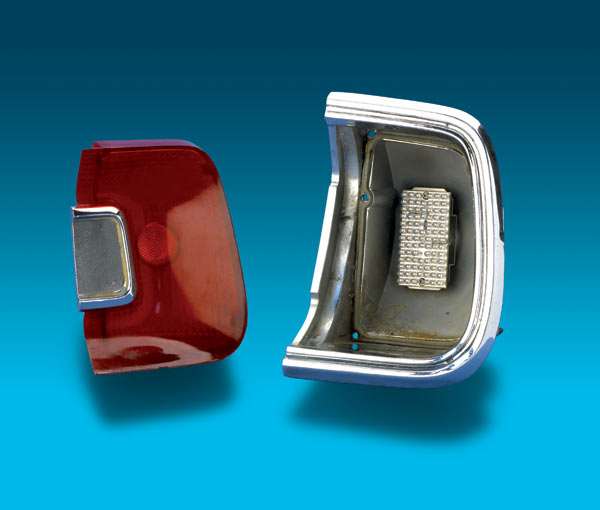Posted By: cjskotni
1157 LED Replacement 1973 Charger - 02/04/13 05:49 PM
Guys,
I am having some difficulties finding an LED replacement bulb for the rear tail light housing on my 73 Charger.
I have been dealing with superbrightleds.com (great to deal with so far ) and I got a set of their 18 LED towers which don't quite fit. I can't quite push them in far enough to get the pins on the bulb to engage the slots in the housing.
) and I got a set of their 18 LED towers which don't quite fit. I can't quite push them in far enough to get the pins on the bulb to engage the slots in the housing.
They have several other styles to replace the 1157's but before I keep just swapping out bulbs, can anybody here tell me of one of their bulbs (or from another vendor) that DOES fit a 73/74 Charger tail housing.
I'd like to stick with superbrightleds if possible but need to find a bulb that is confirmed to work here.
Funny thing is the same bulbs fit the front valence turn signals just fine.
Thanks!
I am having some difficulties finding an LED replacement bulb for the rear tail light housing on my 73 Charger.
I have been dealing with superbrightleds.com (great to deal with so far
 ) and I got a set of their 18 LED towers which don't quite fit. I can't quite push them in far enough to get the pins on the bulb to engage the slots in the housing.
) and I got a set of their 18 LED towers which don't quite fit. I can't quite push them in far enough to get the pins on the bulb to engage the slots in the housing.They have several other styles to replace the 1157's but before I keep just swapping out bulbs, can anybody here tell me of one of their bulbs (or from another vendor) that DOES fit a 73/74 Charger tail housing.
I'd like to stick with superbrightleds if possible but need to find a bulb that is confirmed to work here.

Funny thing is the same bulbs fit the front valence turn signals just fine.

Thanks!














